How to Compost at Home in Georgia
A guide for Georgians interested in composting their food and yard waste.
About Composting
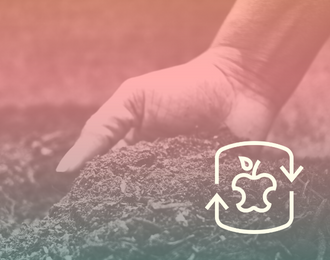
Find Out What is Composting Is All About
You may have heard about composting or even used compost in your garden. Now, you can learn more.
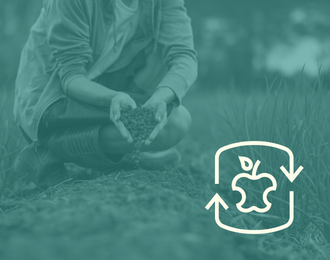
Why is Composting Good for the Environment?
Composting is a Drawdown Georgia climate solution. Learn why composting is good for the environment.

Learn How You Can Compost at Home in Georgia
Learn the five key steps to begin composting at home, as well as quick tips to help you get started.

Do Georgia Municipalities Support Composting?
Cities and counties across Georgia have many different ways of collecting and handling compost materials.
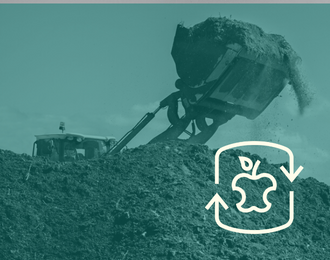
Are There Private Composting Services in Georgia?
Learn more about companies that offer paid services to collect and compost organic waste from homes and businesses.
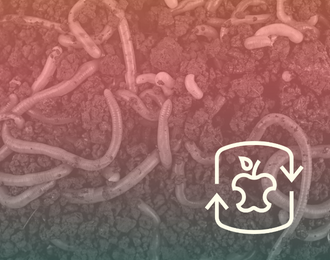
Vermicompost: How to Start a Worm Bed in Georgia
Find out how worms can help you compost at home and what you need to do to get started.
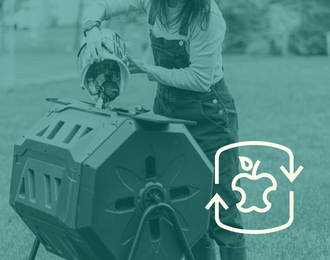
Frequently Asked Questions about Composting at Home
Do you have questions about composting? We have the answers. Explore some of the key things people ask about composting.

Other Resources: Learn More about Composting
Interested in learning more? There are many great resources about composting that you can explore.

Watch a Webinar About Composting
Watch Khari Diop, the co-author of this toolkit, give an informative presentation about composting
Why is Composting Good for the Environment?
When we dump natural waste into the landfill, it produces a methane gas- a potent greenhouse gas that contributes to climate change. When we instead divert natural waste to compost, it reduces methane emissions and decreases the amount of waste that is going into municipal landfills.
Compost enriches soil and makes it a healthier environment to grow food. For gardeners, compost is a rich natural fertilizer that improves soil fertility and water retention. It creates better tasting and more nutrient-dense produce. Compost eliminates the need for chemical fertilizers, pesticides and herbicides.
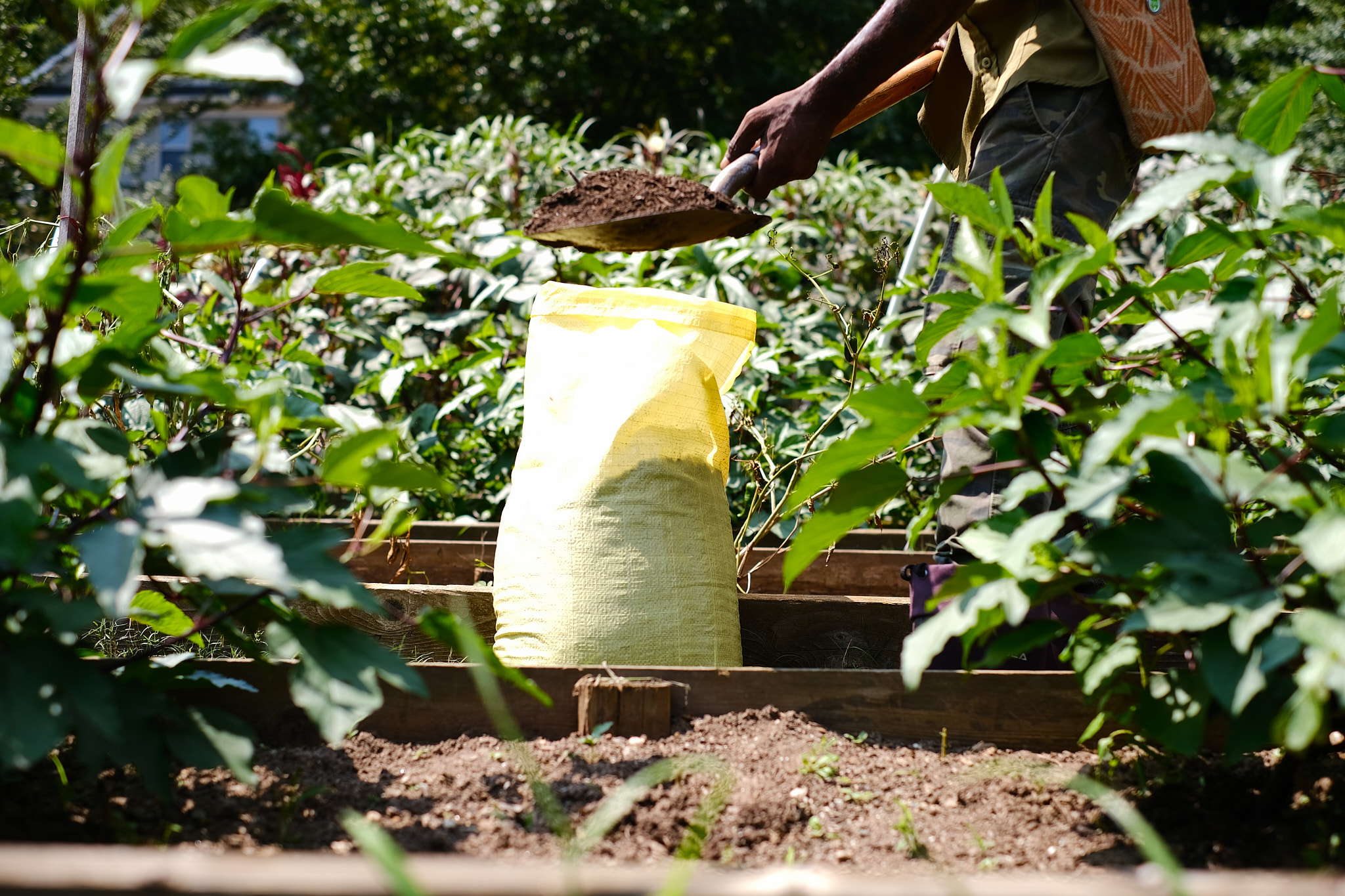
Composting also creates a sustainable closed-looped food system. It allows each one of us to regenerate our waste into a valuable resource. Around the world, we are losing soil 10 to 40 times faster than it’s formed. Each of us can create soil through composting. To learn more about the importance of soil visit: savesoil.org.
How to Compost at Home in Georgia?
Composting starts with paying attention to what we’re throwing away. You may decide to start with a low maintenance/low effort method, which is basically identifying a space to toss organic waste and allowing nature to take its course. This method usually breaks down slowly and sometimes takes more than a year to finish composting.
With a little more attention, you can create active or hot composting at home. Composting requires nitrogen (greens), carbon (browns), air and water. These four things work together to feed microorganisms that do the work to increase the speed of decomposition. Follow these five steps to begin composting:
- Begin collecting your food scraps, any raw fruit, vegetable or herb will do. Also save tea bags, coffee grounds, egg shells and lint from the dryer for composting.
- Choose a place in the yard or a bin to make your compost. (There are many compost bins for purchase now; other options include DIY bins that can be constructed in a weekend project or drilling holes in an old trash can).
- Layer green waste, such as raw veggies, fruit, coffee, and grass trimmings, with brown materials. Browns are high in carbon and include fallen leaves, wood chips, shredded newspaper and woody garden trimmings. Healthy compost needs a higher brown to green ratio. An easy way to achieve this goal is to start with a brown layer at the bottom and end with a brown layer on top.
- Add enough water to your pile to moisten all materials (Imagine a squeezed-out sponge), Microbes need enough water to move around the natural waste; however too much water will drown them.
- Wait and aerate your pile. Periodically turning your compost allows water and air to reach the innermost parts of your pile and assist in the decomposition process.
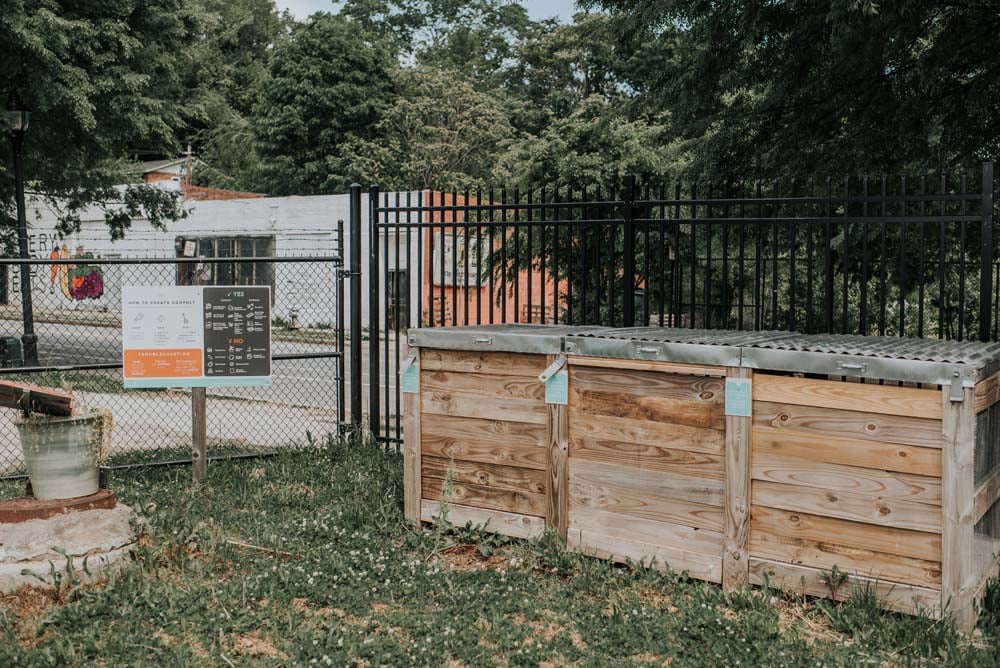
Quick tips:
- Think about your habits and make composting easy for you. For example, you could store food scraps in a plastic bag in the freezer until you get a full bag to reduce your trips to the compost bin.
- Involve others. Get family members and neighbors involved for accountability and to make it fun.
- Consider vermicomposting! Worms are fantastic workers that break down compost faster. This is a great way to get children involved.
- Be patient. Composting takes time.
- Have fun. Celebrate the great way you’re helping the planet.
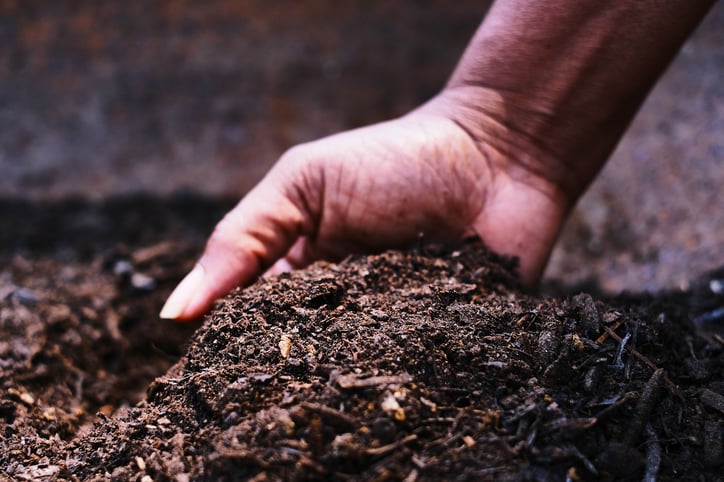
What Municipalities in Georgia Offer Composting Services?
Cities and counties across Georgia have many different ways of collecting and handling compost materials. Some programs are already established, while others are currently in the development stage. Residents should reach out to their local city and/or county government to learn more about the composting programs in the community.
For example, the Athens-Clarke County Unified Government operates a public composting program. This includes a commercial composting facility, a food scraps drop-off program, and a food scraps collection program.
If there are other municipal composting services that you think we should highlight in this toolkit, please email info@drawdownga.org with details.
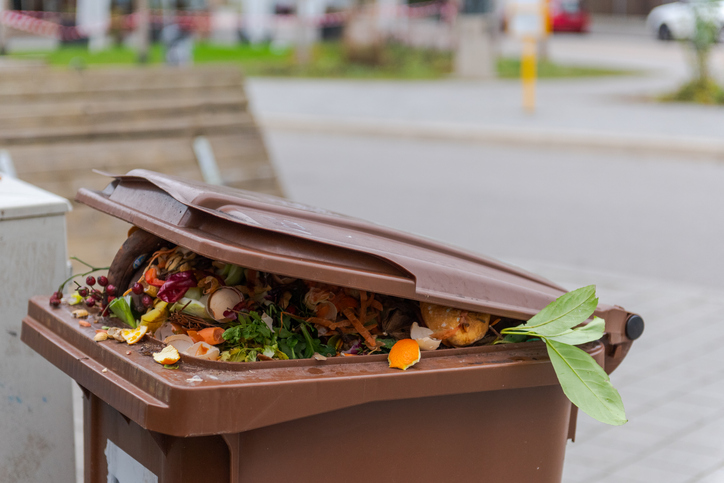
Are There Private Composting Services in Georgia?
Yes. There are companies in Georgia that offer paid services to collect and compost organic waste, both from homes and businesses. These companies do not currently operate statewide, but do serve some communities in our state.
Examples include:
CompostNow
Code of Return
Goodr
NewTerra Compost
If there are other private composting services that you think we should highlight in this toolkit, please email info@drawdownga.org with details.
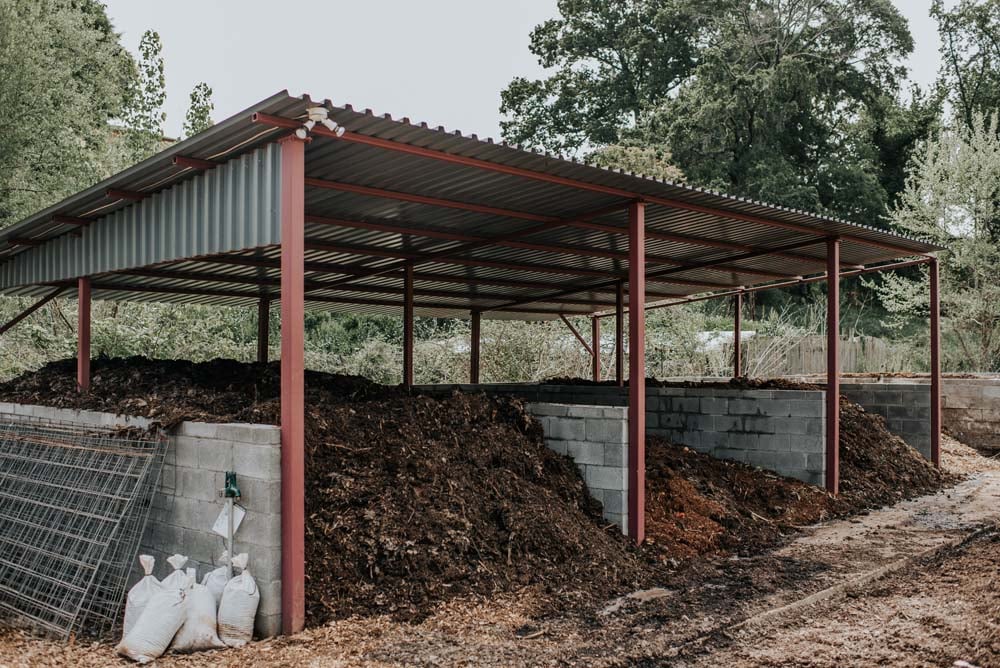
Are There Tax Incentives for Energy-Efficient Appliances in Georgia?
There may be. Always check with your utility and also with www.dsireusa.org.
Occasionally there are sales days on purchases of ENERGY STAR appliances with no state tax added.
Vermicompost: How to Start a Worm Bed in Georgia
Compost is the result of decomposition of natural waste, however “worm castings” or vermicompost are the by-product of both decomposition and digestion of organic materials by worms.
There are a number of worm bins or worm farm kits that require minimal setup and maintenance for purchase on the web. However, it is very inexpensive to set up your own worm farm using used or recycled materials or two plastic storage bins.
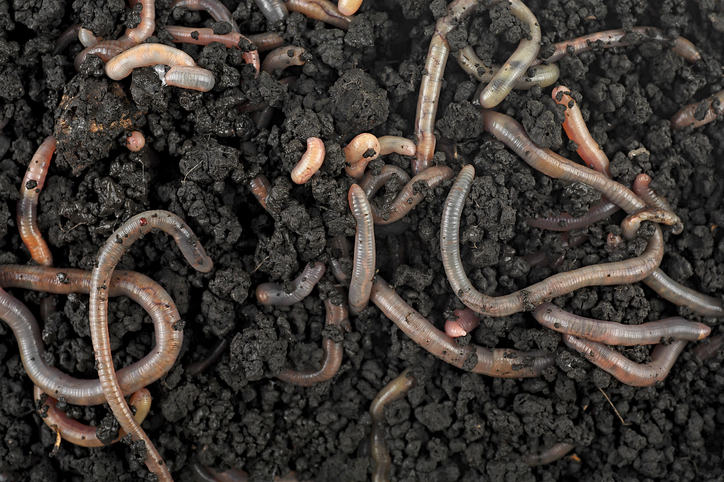
- Select your bin. Wooden materials will deteriorate rapidly as a result of high moisture content of vermicompost. Line your wooden containers with plastic or use plastic storage bins. Select two bins with lids that are about 16” X 24” X 8” or 10 gallons.
- Place one lid on the bottom to catch any moisture. Drill at least 4 to six small holes on each side of the bin.
- In the second container, drill holes in the bottom, along the sides of the bin.
- Use the second lid for the top.
- Prepare the bedding. Newspaper bedding is a good choice. You can also use corrugated cardboard, shredded paper, aged compost, fall leaves, untreated wood chips or sawdust and straw or hay. Moisten this layer. The bedding should be wet but not dripping.
- Add worms. It’s important to know the volume or weight of your worms so that you’ll know how much to feed them. Worms need 3 times their weight per week. (e.g. 1lb of worms requires 3 lbs of food waste)
- Toss in the food scraps. Worms enjoy fruit and vegetable scraps-peels, rinds, and cores. Limit the amount of fruit that you place in the bin. As with home composting, don’t add meats, bones, oils or dairy products. When feeding worms, cut or break food into smaller pieces. (If you have the time, make a slushie of food scraps and water to feed worms.)
- Place a full sheet of dry newspaper or other bedding material on top to maintain moisture, keep possible odors in the bid and prevent fruit flies and ants from making a home in the bin. Remember to lift the covering when adding food for the worms. When you start your bin, check every other day to see how much the worms are eating in the first week. Adjust the amount of food accordingly.
- Once the worms have done their work in the bottom bin, they’ll migrate up to the top bin to begin again. You may now use the worm castings in the bottom as fertilizer.
FAQs about Composting at Home
How to Select a Composting Bin
There are tons of compost bins on the market today and then of course, you can build your own. Think about your lifestyle, the time, effort and resources you’re willing to invest in composting. Which of the following categories best fits you:
Continuous or static composters: These enclosed bins allow you to add material at any time. It requires a mix of browns, greens and water. Compost falls to the bottom and may be collected a few times a year. The compost cycle is generally slower in a static bin.
Batch or Tumbler composters: These are great for gardeners who want to get compost faster. The composter requires tumbling or mixing every day or two. With sufficient moisture and turning, compost can be produced in four to eight weeks.
Indoor (or Outdoor) composters: These bins are usually smaller and are used to turn kitchen scraps into compost for houseplants or small gardens. There are small worm bins that fall into this category that create small batches of compost and a worm tea that is a great liquid fertilizer for house and garden plants.
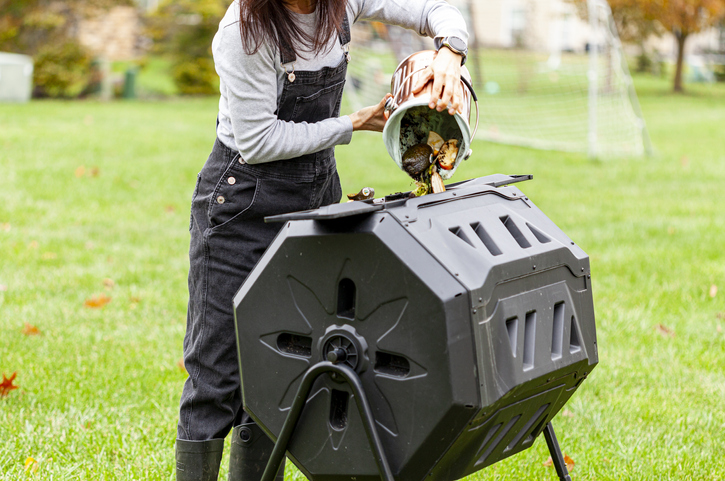
How Often Should You Turn Compost?
There’s not a hard fast answer to this question. The composting process works fastest when the pile heats up to about 135 degrees or more. It also depends upon the size of the compost pile and the air temperature. On average, a pile should be turned every 2 to 4 weeks. However, you should know your pile to determine what works best for you.
Does Compost Need Sun?
Compost does not need direct sun. While compost needs to heat up to break down natural waste, direct sun dries out the pile much faster. Covering compost actually works better. It helps to create an atmosphere (or oven effect) when the four compost components are present:browns, greens, air, water.
Is Sawdust Good for Compost?
Sawdust is an excellent input for compost piles. Sawdust from any hard or soft wood tree provides a valuable source of carbon into the compost pile. When using sawdust, treat it as you would dry leaves in your ratio of browns. Wood chips are also a good source of carbon. As you would imagine, wood chips take longer to decompose; however, both sawdust and wood chips hold their structure and are unlikely to compact allowing air to flow through the pile.
Does Compost Attract Rats and Other Vermin?
Composting food waste should not attract pests. Typically, animals are drawn to piles with stinky smells. A well-managed compost pile should have an earthy smell similar to that of fallen leaves breaking down over winter. The key to a healthy pile is the balance or ratio of greens (i.e. food scraps) to browns (i.e. carbon-rich leaves, wood chips, sawdust).
If you keep the following food waste out of your pile, you shouldn’t have to worry about rats and other vermin. Home compost don'ts:
- Cooked foods
- Meat and bones
- Cheese and dairy products
- Oil and grease
- Pet waste
Can Compost Catch Fire?
It is extremely rare, however, compost has the potential to reach excessive temperatures and cause spontaneous combustion. Most occurrences of fires occur at large composting and mulching facilities, not in home or backyard bins. Properly aerated and moist compost piles, no matter how hot, will not catch fire.
Does Compost Smell?
Does Composting Create Methane?
Yes, any organic material will produce methane and carbon dioxide during decomposition. However, composting releases far fewer emissions than sending organic matter to decompose in a landfill. In addition, composting can lower greenhouse gasses by improving carbon sequestration in the soil.
Other Resources
- A Guide to Workplace Composting.
- Learn more about How to Compost at Work.
- Information from the Georgia Recycling Coalition about composting in your backyard and in your community.
- Check out the U.S. Environmental Protection Agency's information on Composting at Home.
- Learn about the best ways to reduce the environmental impacts of food waste with the EPA's Wasted Food Scale.
- The Natural Resources Defense Council created a helpful Composting 101.
- The MakeSoil map and Composting for Community map can help you connect with community composting groups in your area.
- Find a composting service that accepts BPI Certified Compostable products, like utensils, cups, and bin liners, with this map from Natur-Bag.
- A guide to Community Composting Best Management Practices from the Institute for Local Self-Reliance.
- The Natural Resources Defense Council offers a model municipal policy to help support community composting projects.
- A report about if and how bioplastics break down in different types of composting systems from the Composting Consortium.
- The infographic below is a helpful guide to the types of organic waste that you can add to your home compost pile. Download a printer-friendly copy here.
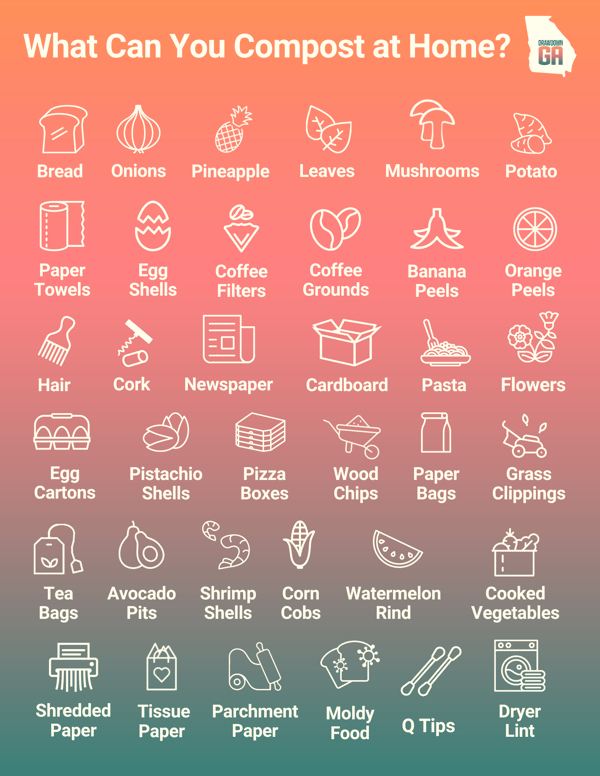
Photo credits: Brandon Crumsley, Food Well Alliance; Caleb Jones, Food Well Alliance; and Nia Alford, Truly Living Well.
Photos were taken at Truly Living Well/Collegetown Farm, Atlanta GA
Watch a Video About Composting
In this engaging and informative webinar session, toolkit co-author Khari Diop gives an overview of the content in this toolkit and answers common questions like:
- How can I compost food scraps if I don’t have the space for a large compost bin?
- How can I avoid common composting mistakes?
- What are the climate benefits of composting?
You can also watch the full recording of this webinar, including presentations about plant-based diets and electric vehicles.
Meet Our Experts
This toolkit was written by experts at Truly Living Well Center for Natural Urban Agriculture. Their Community Compost Lab was established 2019 in partnership with Food Well Alliance and is a demonstration and training site for composting
Carol Hunter
Executive Director
Truly Living Well Center for Natural Urban Agriculture
Khari Diop
Community Compost Learning Lab Manager
Truly Living Well Center for Natural Urban Agriculture


